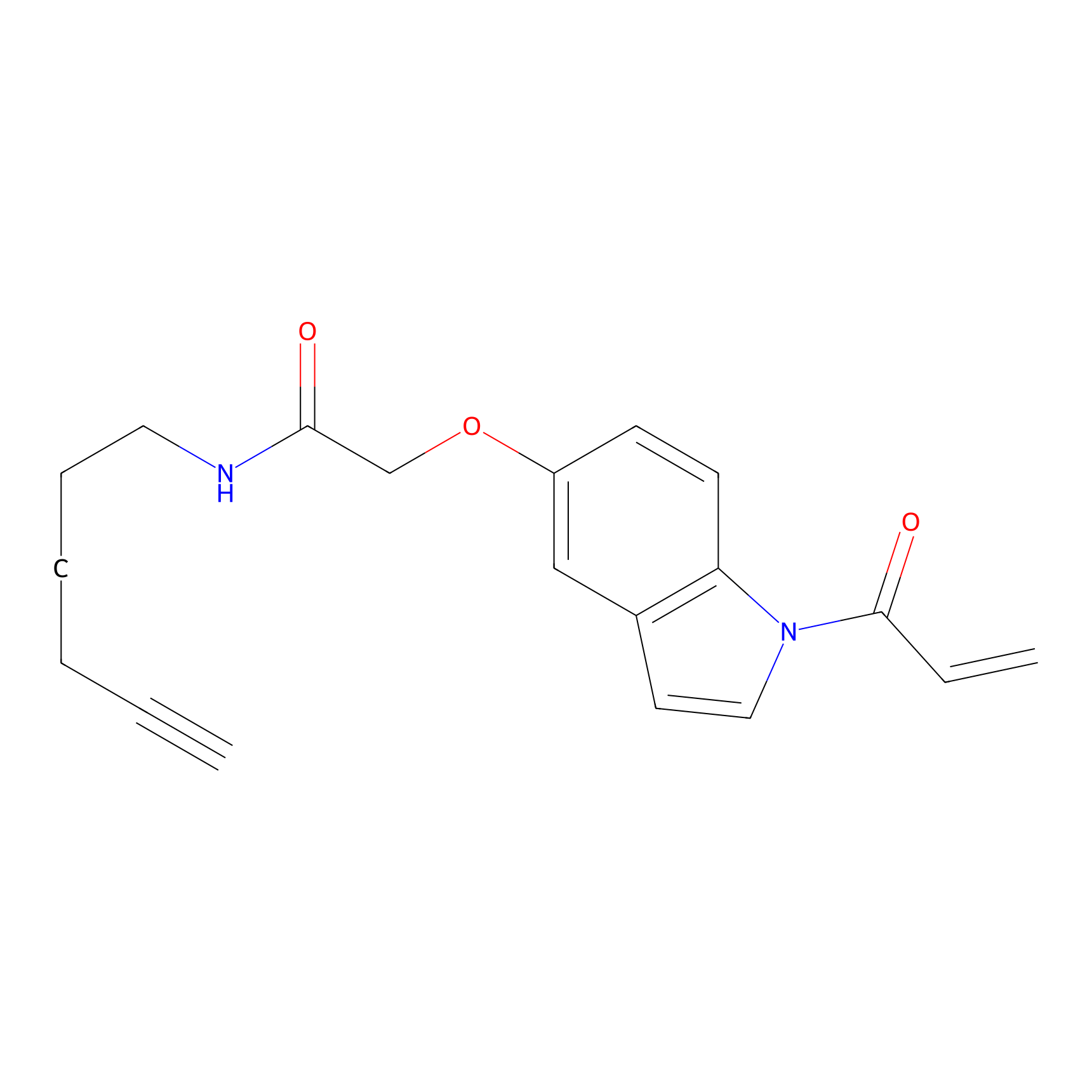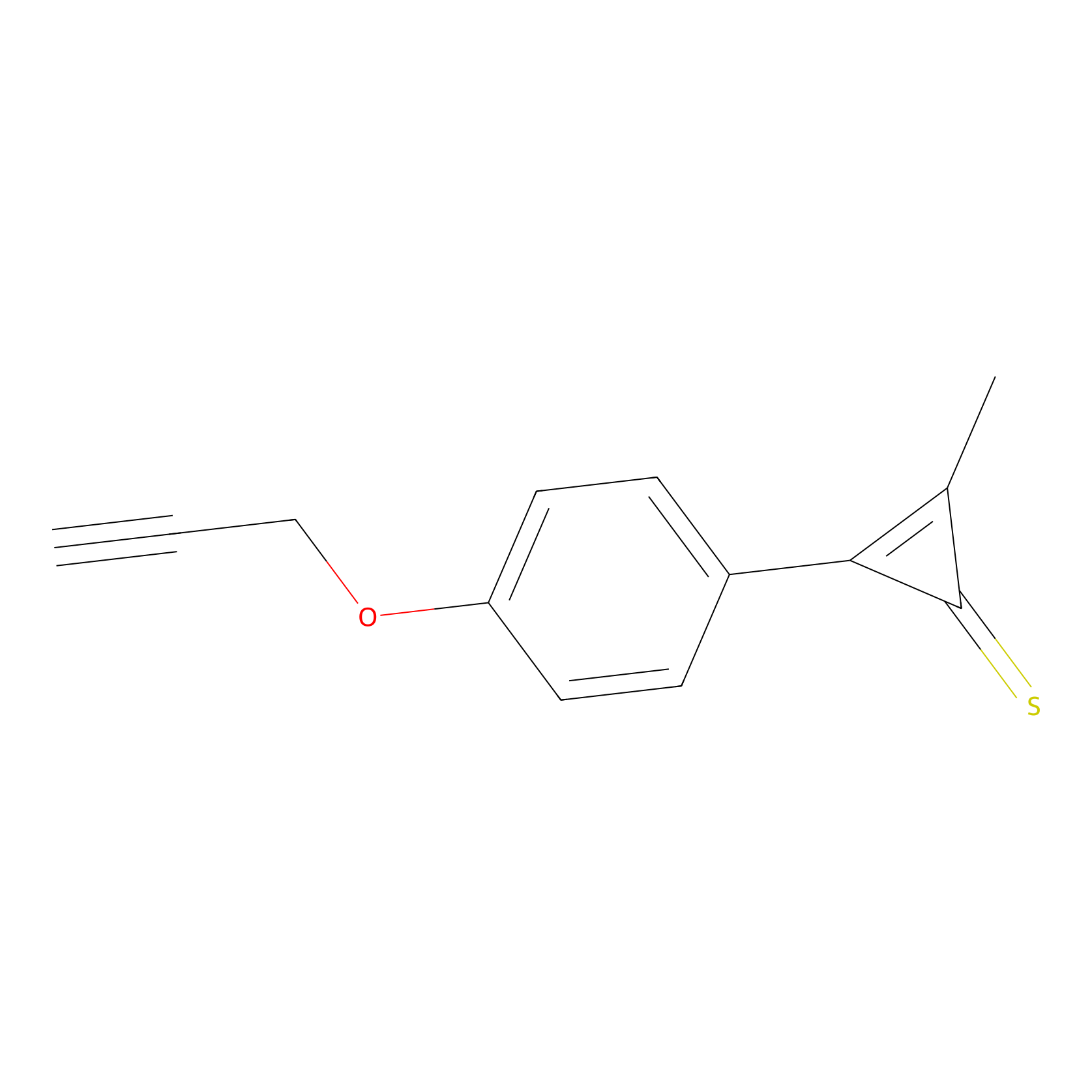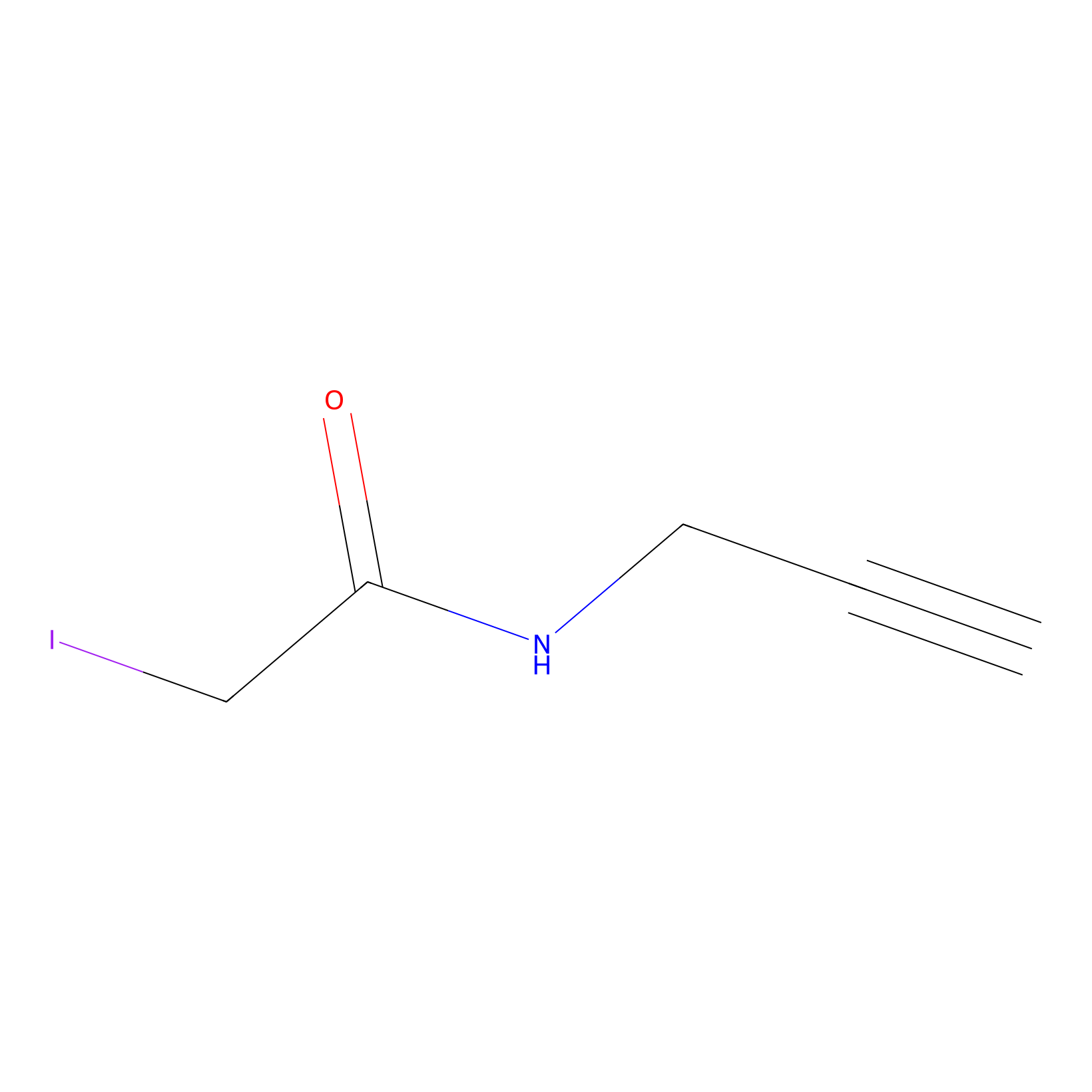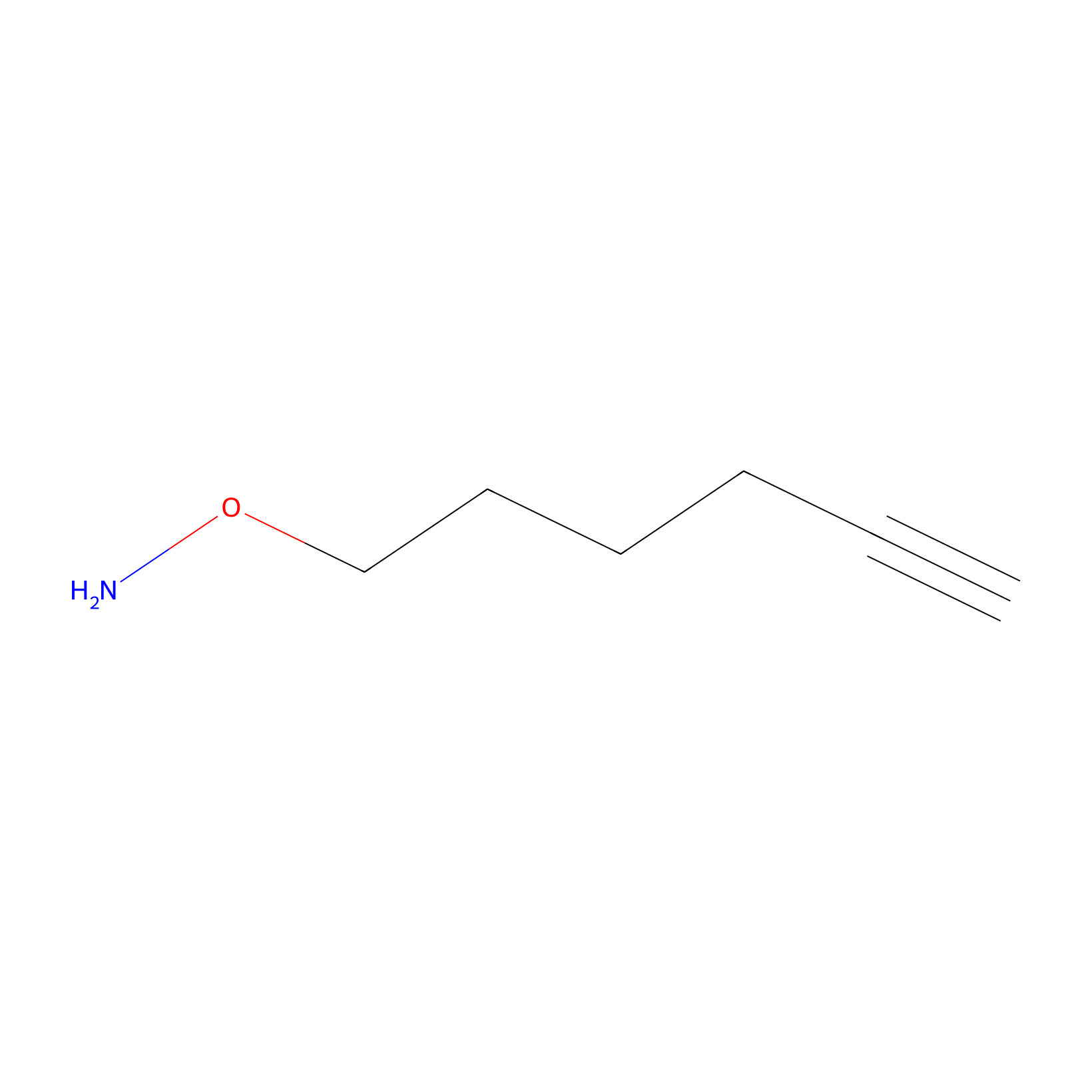Details of the Target
General Information of Target
Target Site Mutations in Different Cell Lines
Probe(s) Labeling This Target
ABPP Probe
| Probe name | Structure | Binding Site(Ratio) | Interaction ID | Ref | |
|---|---|---|---|---|---|
|
DBIA Probe Info |
 |
C341(1.67) | LDD3383 | [1] | |
|
NAIA_5 Probe Info |
 |
C38(1.13) | LDD2227 | [2] | |
|
CY4 Probe Info |
 |
N.A. | LDD0247 | [3] | |
|
IA-alkyne Probe Info |
 |
N.A. | LDD0165 | [4] | |
|
IPM Probe Info |
 |
N.A. | LDD0005 | [5] | |
|
AOyne Probe Info |
 |
11.90 | LDD0443 | [6] | |
Competitor(s) Related to This Target
The Interaction Atlas With This Target
The Protein(s) Related To This Target
Enzyme
| Protein name | Family | Uniprot ID | |||
|---|---|---|---|---|---|
| Desumoylating isopeptidase 1 (DESI1) | DeSI family | Q6ICB0 | |||
Transporter and channel
| Protein name | Family | Uniprot ID | |||
|---|---|---|---|---|---|
| Disks large homolog 1 (DLG1) | MAGUK family | Q12959 | |||
Other
References
